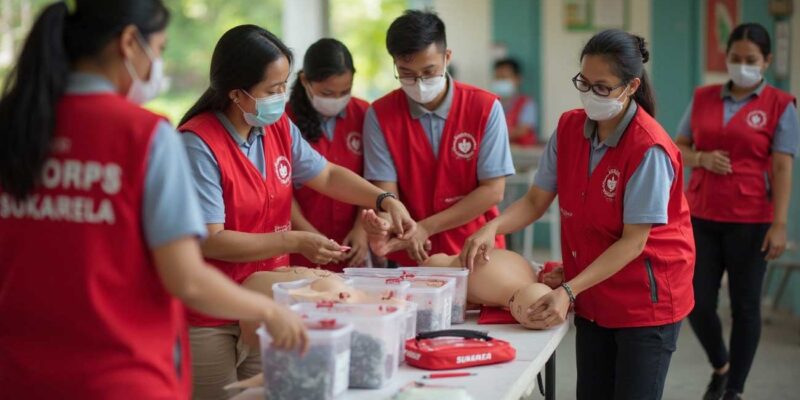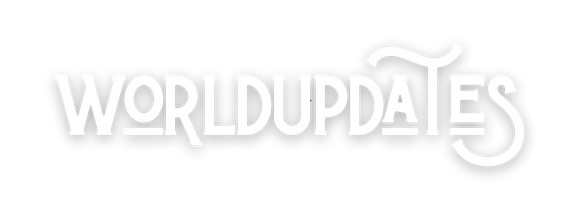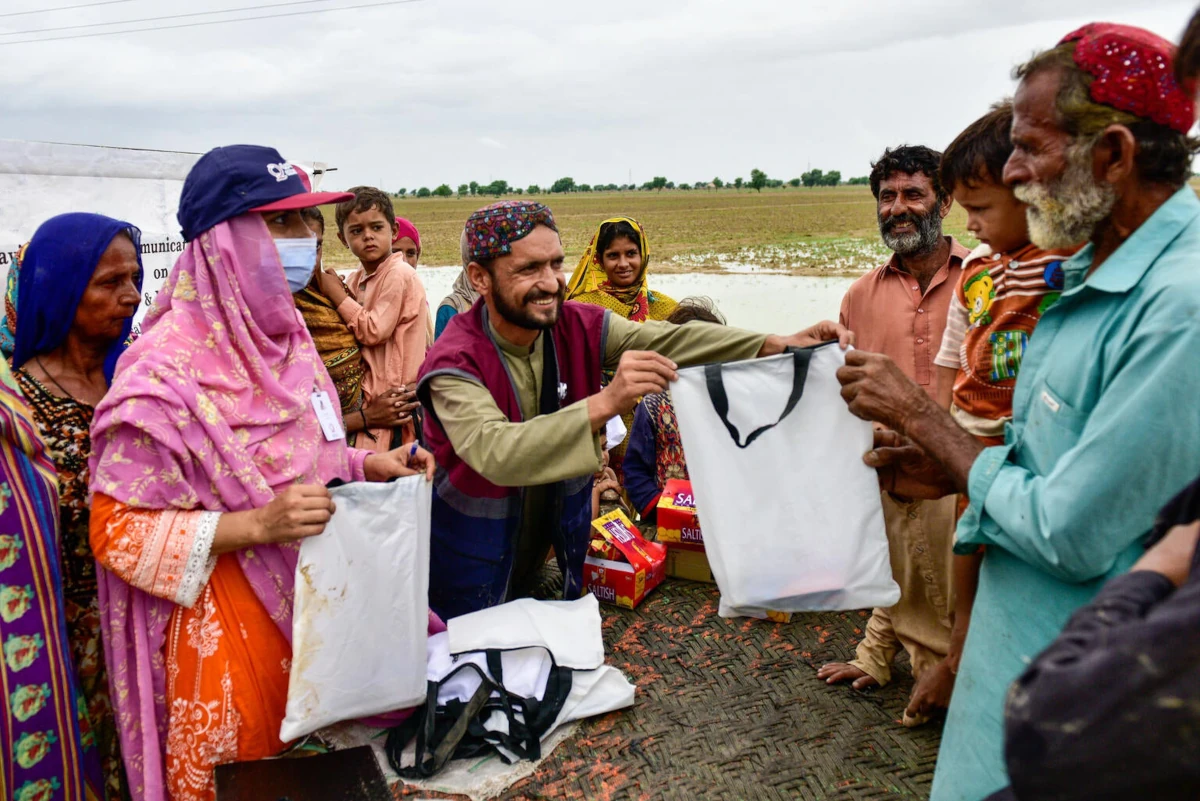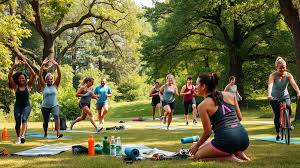Have you ever felt a strong desire to help others and make a real difference in your community? Many people share this feeling, and one powerful way it comes to life is through organized volunteer groups. In many parts of the world, a concept known as korps sukarela, or a volunteer corps, represents the peak of community service. This isn’t just about occasional help; it’s a structured commitment to being there for people in need, from disaster relief to daily community support.
This article will explore the inspiring world of the korps sukarela. We will dive into what it is, its history, the incredible impact it has on society, and how you can get involved in similar movements. Volunteering is a universal language of kindness, and understanding concepts like the korps sukarela can inspire us all to contribute.
Key Takeaways
- Korps Sukarela Explained: It is a structured volunteer corps, often associated with humanitarian organizations, dedicated to providing systematic aid and support.
- More Than Volunteering: It represents a deeper level of commitment, involving training, organization, and a pledge to serve the community.
- Diverse Roles: Members of a korps sukarela engage in various activities, including disaster response, health services, social support, and youth education.
- Global Relevance: While the term has specific roots, the spirit of a dedicated volunteer corps is a global phenomenon essential for community resilience.
- Personal and Community Growth: Joining such a group offers immense personal development, skill-building, and a sense of purpose while strengthening community bonds.
What Exactly is a Korps Sukarela?
At its core, korps sukarela translates to “volunteer corps.” Think of it as a dedicated and organized team of individuals who have formally committed their time and skills to help others. Unlike casual volunteering, being part of a korps sukarela often means undergoing specific training and being on call to respond to various community needs.
These groups are frequently connected to larger national or international organizations, such as the Red Cross or Red Crescent. This connection provides them with a framework, resources, and a clear mission. The members are the backbone of these organizations, turning principles of humanity and impartiality into concrete actions. Whether it’s a natural disaster, a public health crisis, or an ongoing social program, the korps sukarela is there, ready to serve. Their work is built on the simple yet powerful idea that a group of committed citizens can create lasting positive change.
The Origins and History
The concept of an organized volunteer corps isn’t new. Throughout history, communities have come together to face common threats like fires, floods, and famine. However, the modern idea of a korps sukarela was formalized alongside major humanitarian movements. For instance, the establishment of the International Red Cross in the 19th century created a global need for trained volunteers who could provide neutral aid during conflicts.
In many nations, the korps sukarela grew out of a sense of national unity and a desire to build a stronger, more resilient society. These groups were often formed to address specific local challenges, such as public health education or disaster preparedness. Over the decades, the role of the korps sukarela has evolved. They have adapted to modern challenges, incorporating new technologies and training methods to become more effective. This rich history underscores a long-standing human tradition: when help is needed, dedicated volunteers step up.
The Fundamental Principles Guiding the Corps
A korps sukarela doesn’t operate randomly. Its actions are guided by a set of core principles that ensure their work is effective, ethical, and universally respected. These principles are often shared with international humanitarian organizations and form the moral compass for every volunteer.
- Humanity: The primary goal is to prevent and alleviate human suffering wherever it may be found.
- Impartiality: Aid is given based on need alone, with no discrimination as to nationality, race, religious beliefs, class, or political opinions.
- Neutrality: The organization and its volunteers do not take sides in hostilities or engage in controversies of a political, racial, religious, or ideological nature.
- Independence: While they may work with governments, the korps sukarela must maintain their autonomy to act in accordance with their principles.
- Voluntary Service: Members are not prompted in any manner by desire for gain. It is a commitment made from a genuine desire to help.
- Unity: There can be only one primary volunteer society in any one country, open to all and carrying on its work throughout its territory.
- Universality: The movement is worldwide, with all societies having equal status and sharing equal responsibilities in helping each other.
These principles ensure that a korps sukarela can earn the trust of communities and operate effectively even in the most challenging situations.
The Diverse Roles Within a Korps Sukarela
The work of a korps sukarela is incredibly varied. Volunteers are trained to handle a wide range of tasks, ensuring they can respond effectively to the specific needs of their community. Their roles can be broadly categorized into a few key areas, each vital for creating a healthier and safer society.
Emergency and Disaster Response
This is perhaps the most well-known function of a korps sukarela. When a typhoon, earthquake, flood, or other disaster strikes, these volunteers are among the first on the ground.
First Aid and Medical Support
Trained members provide immediate first aid to the injured, helping to stabilize them before they can be moved to a hospital. They may also assist in setting up temporary medical posts and clinics, offering basic health services to those displaced by the disaster. Their quick response can save countless lives in the critical hours after an emergency.
Search and Rescue Operations
In the chaotic aftermath of a disaster, members of a korps sukarela often participate in search and rescue missions. They work alongside professional emergency services to locate and extricate people trapped in debris or cut off by floodwaters. This work is physically demanding and requires specialized training, highlighting the deep commitment of these volunteers.
Community Health and Social Services
Beyond emergencies, the korps sukarela plays a crucial, ongoing role in promoting public health and well-being. Their work in this area is proactive, aiming to prevent problems before they start.
Blood Donation Drives
Organizing and managing blood donation drives is a key activity. Volunteers help recruit donors, manage the donation process, and educate the public on the importance of giving blood. A stable blood supply is critical for hospitals, and the korps sukarela is essential in maintaining it.
Social Support for the Vulnerable
Volunteers also provide support to the elderly, people with disabilities, and other vulnerable groups. This can include visiting them at home, helping with chores, providing companionship, or assisting them in accessing social services. This compassionate work helps combat loneliness and ensures that everyone in the community feels cared for.
Youth Development and Education
A significant focus for many korps sukarela units is empowering the next generation. They run programs designed to instill values of service, leadership, and community responsibility in young people. By engaging youth in volunteer activities, they are not only getting valuable help but also training the community leaders of tomorrow. These programs often teach practical skills like first aid, disaster preparedness, and public speaking, building confidence and character.
The Impact of a Korps Sukarela on Society
The presence of an active and well-organized korps sukarela has a profound and multifaceted impact on a community. It strengthens the social fabric, builds resilience, and fosters a culture of compassion and cooperation. The benefits extend far beyond the immediate recipients of aid.
Building Community Resilience
Communities with a strong korps sukarela are better prepared to handle emergencies. Because volunteers are local, they have an intimate knowledge of the area, its resources, and its people. This local expertise is invaluable during a crisis. They can quickly mobilize, identify the most vulnerable areas, and deliver aid efficiently. Regular training and disaster drills mean the community as a whole is more aware of risks and better prepared to respond, reducing the overall impact of disasters.
Strengthening Social Cohesion
A korps sukarela brings together people from all walks of life who share a common goal: to help others. This breaks down social barriers and builds strong bonds within the community. When people work side-by-side to rebuild a damaged home or run a health clinic, they develop a sense of shared identity and mutual respect. This spirit of unity is a powerful force for positive social change, creating a more connected and supportive community for everyone. You can read more about global community efforts at platforms like https://worldupdates.co.uk/.
The Personal Benefits for Volunteers
The act of giving back has a powerful effect on the volunteers themselves. Joining a korps sukarela is a transformative experience that offers numerous personal rewards.

|
Benefit |
Description |
|---|---|
|
Skill Development |
Volunteers gain practical skills in first aid, logistics, communication, and leadership that are valuable in all aspects of life. |
|
Sense of Purpose |
Helping others provides a deep sense of fulfillment and purpose, improving mental and emotional well-being. |
|
Networking |
Members connect with a diverse group of like-minded individuals, building a strong personal and professional network. |
|
Increased Confidence |
Overcoming challenges and making a tangible difference builds self-esteem and confidence. |
These personal benefits create a positive feedback loop: fulfilled and skilled volunteers are more effective in their roles, which in turn leads to a stronger community.
How to Get Involved in a Volunteer Corps
Inspired by the work of the korps sukarela? The good news is that similar opportunities to serve exist everywhere, including in the United States. Groups like the American Red Cross, Community Emergency Response Teams (CERT), and numerous local non-profits embody the same spirit of organized, dedicated service.
Finding the Right Organization for You
The first step is to think about what causes you are passionate about. Do you want to help in disasters? Are you interested in public health? Do you enjoy working with children or the elderly? Once you have an idea, you can search for organizations that align with your interests. Websites like VolunteerMatch and Idealist are great resources for finding local opportunities.
The Typical Onboarding Process
- Application: You’ll usually start by filling out an application form.
- Interview/Orientation: Most organizations will want to meet you to discuss your interests and explain their mission.
- Background Check: For roles involving vulnerable populations or emergency response, a background check is standard.
- Training: This is a key step. You will receive the necessary training for your role, whether it’s basic first aid, shelter management, or communication protocols. This ensures you are prepared and confident.
Joining a group like this is a significant commitment, but it is one of the most rewarding experiences a person can have. It’s an opportunity to be part of something larger than yourself.
Conclusion
The korps sukarela is more than just a group of volunteers; it is a living embodiment of community spirit and human compassion. It represents a structured, trained, and dedicated force for good, ready to respond to any crisis and proactively build a better, safer, and more connected society. From providing first aid in a disaster to offering a comforting presence to the lonely, the work of a korps sukarela touches every part of a community.
While the term may be specific to certain regions, the principles it stands for—humanity, impartiality, and voluntary service—are universal. The spirit of the korps sukarela lives in every CERT volunteer, every Red Cross member, and every neighborhood group that organizes to help those in need. It reminds us that ordinary people, when united by a common purpose, have the extraordinary power to change the world for the better.
Frequently Asked Questions (FAQ)
Q1: What is the main difference between a korps sukarela and regular volunteering?
A korps sukarela is typically more structured and requires a formal commitment from its members. Volunteers often undergo standardized training, belong to a clear command structure, and are expected to be on call for specific duties, especially in emergencies. Regular volunteering can be more informal and project-based.
Q2: Do you need special skills to join a volunteer corps?
Not necessarily. Most organizations provide all the necessary training. The most important qualifications are a genuine desire to help, a willingness to learn, and the ability to work as part of a team.
Q3: Is the work of a korps sukarela dangerous?
Some roles, like disaster response or search and rescue, carry inherent risks. However, organizations place the highest priority on volunteer safety. Members receive extensive training and proper equipment to minimize danger and are never forced to perform a task they are uncomfortable with.
Q4: Can young people join a korps sukarela?
Yes, many organizations have youth branches or programs specifically for young people. These programs are a fantastic way for teenagers and young adults to learn valuable skills, build character, and start a lifelong journey of service.
Q5: How is a korps sukarela funded?
These organizations are typically non-profits and rely on a mix of funding sources. This includes public donations, grants from foundations, corporate sponsorships, and sometimes partial funding from government agencies for specific programs like disaster preparedness.















Leave a comment